Zurkhaneh
Zurkhaneh is a Persian gym where athletes undergo a series of bodybuilding techniques. The term Zurkhaneh refers to the training place, whose literal meaning is “powerhouse”. The ritual is carried out by a musician who sings poems and is accompanied by the rhythm of the drum and rings bells to determine the beginning of the different sections and actions. Practitioners of this sport undergo a long sequence of exercises directed by the musician, the guide of the room, called “Morshed” in Persian. Zurkhaneh practice encompasses all the factors of good health (muscular capacity, respiratory and cardiac resistance, flexibility, body composition) and of good physical capacity (speed, alertness, strength, speed of action, balance and coordination).
This practice can be considered a historical legacy of the Sassanid era that has survived, more or less, in some parts of Iran. In short, Zurkhaneh was a former physical education school for soldiers and military personnel, comparable to the gymnasiums of the Roman polis.
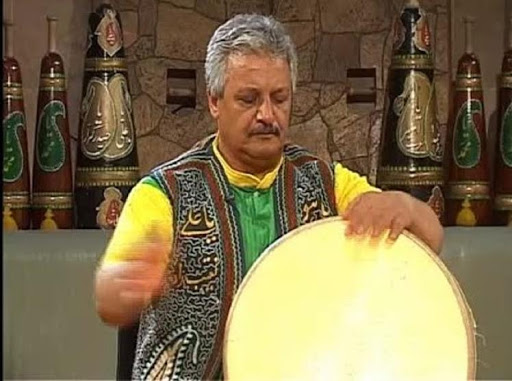
Iranian soldiers perfected their famous physical strength and approached combat techniques by practicing the complete Zurkhaneh martial system with training exercises aimed at developing the power and agility necessary to fight with sword, bow and arrow, mace and shield. The Zurjane focuses on strength, physique, ability and endurance and continues to live as a legacy of the past and deserves a lot of attention. To know more about the Persian gym, you need to know some technical and jargon terms:
Varzesh-e Bastani (ancient sport): consists of certain exercises practiced according to particular customs and rituals established hundreds of years ago. Each Varzesh-e Bastani session includes: warm-up and physical exercises.
Zarb: is a large vase-shaped drum, usually covered with deerskin or goatskin. The zarb is used to give rhythm and speed to exercises.
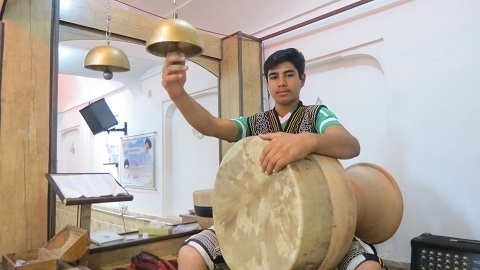
Gowd: It is the fundamental part of Zurkhaneh, where all the activities take place. The Gowd is usually hexagonal or octagonal in shape. It is a kind of octagonal pit with a depth of about 75-100 cm and an area of 10 to 45 square meters. In the past, to prevent athletes from being injured, the entire edge of the Gowd was covered with rubber or wood, but today the floor is built with a material similar to the traditional one.
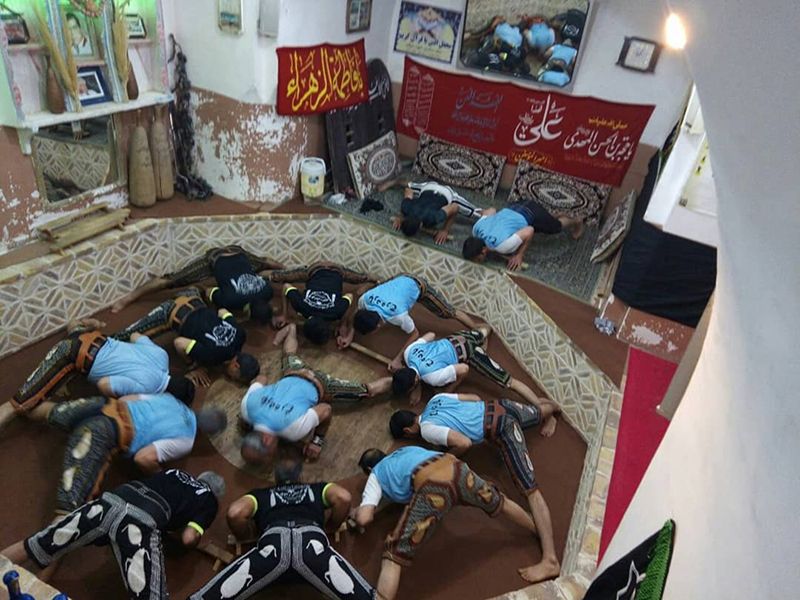
Mil (mace): is a conical shaped wooden instrument. It weighs between 10 and 30 kilos. There is a smaller variety of Mil with a longer handle that weighs 4 kilos.
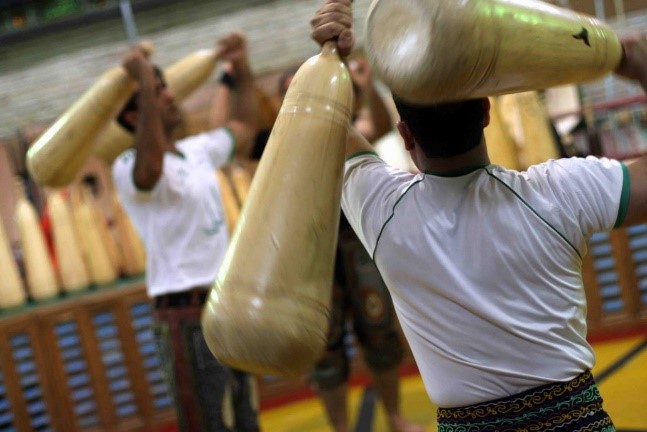
Kabbade (bow): It is an iron bow with metal rings attached to its body. In this instrument, the string has been replaced by a heavy chain. In each part there are about six metal discs, each the size of a small saucer. Kabbade’s weight ranges from 11 to 50 kilos.
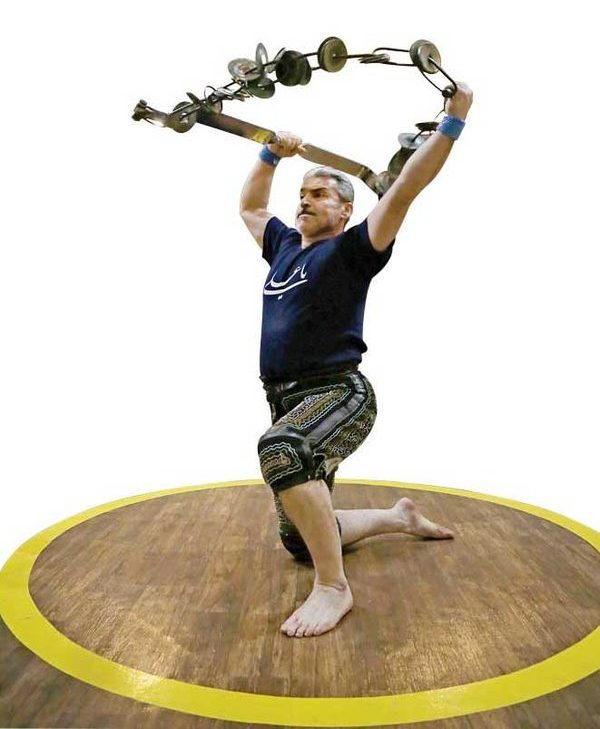


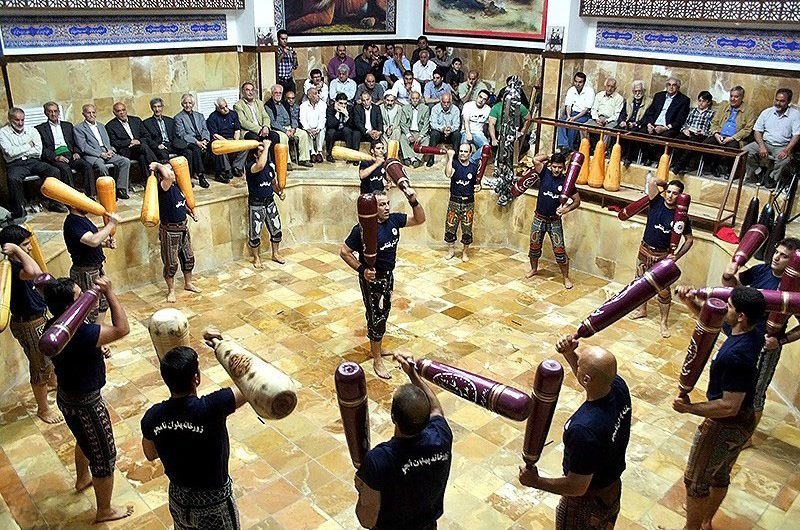
Comments